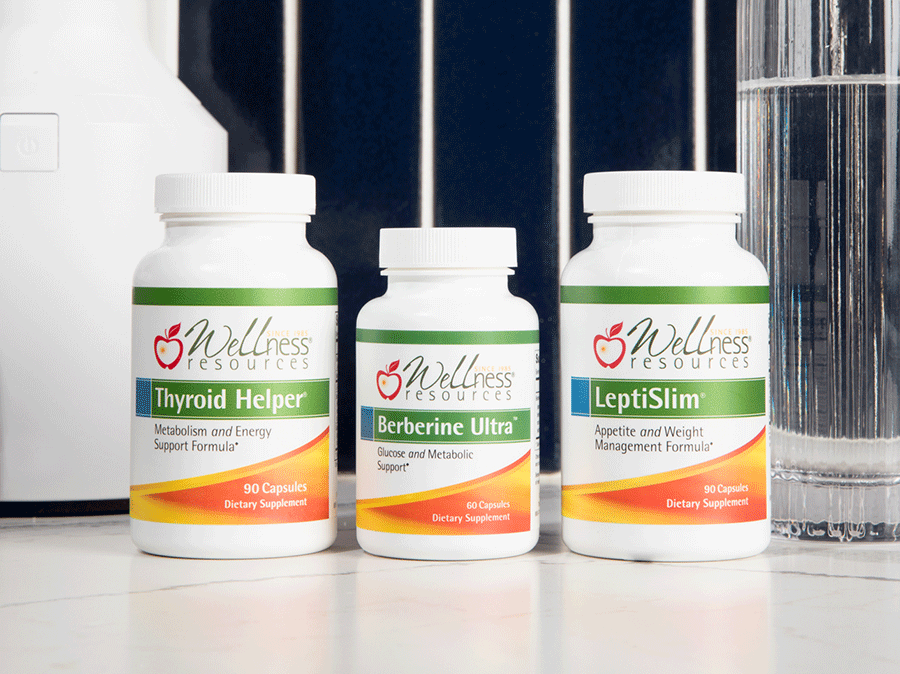HEALTH NEWS
Study Title:
The effects of Vitis vinifera L. phenolic compounds on a blood-brain barrier culture model: Expression of leptin receptors and protection against cytokine-induced damage.
Study Abstract
ETHNOPHARMACOLOGICAL RELEVANCE:
The medicinal properties of grapes (Vitis vinifera L.) are well known since ancient times. Ethnobotanical grape preparations, like the Ayurvedic Darakchasava are used as cardiotonic and for the treatment of cardiovascular diseases. Dried grape products are also applied in Iranian traditional medicine for memory problems, which are linked to the pathology of brain microvessels, a special part of the cardiovascular system. The anti-inflammatory and protective effects of these traditional preparations on the cardiovascular system are related to their bioactive phenolic compounds.
AIM OF THE STUDY:
The blood-brain barrier (BBB), formed by brain capillaries, is not only involved in inflammatory and other diseases of the central nervous system, but also in many systemic diseases with an inflammatory component. Dietary obesity is a systemic chronic inflammatory condition in which the peripheral and central vascular system is affected. Among the cerebrovascular changes in obesity defective leptin transport across the BBB related to central leptin resistance is observed. Our aim was to study the protective effects of grape phenolic compounds epicatechin (EC), gallic acid (GA) and resveratrol (RSV) and grape-seed proanthocyanidin-rich extract (GSPE) on a cytokine-induced vascular endothelial inflammation model. Using a culture model of the BBB we investigated cytokine-induced endothelial damage and changes in the expression of leptin receptors and leptin transfer.
MATERIALS AND METHODS:
For the BBB model, primary cultures of rat brain endothelial cells, glial cells and pericytes were used in co-culture. Cells were treated by tumor necrosis factor-α (TNF-α) and interleukin-1 β (IL-1β) (10 ng/ml each) to induce damage. Cell toxicity was evaluated by the measurement of impedance. The expression of leptin receptors was assessed by RT-qPCR and western blot. The production of reactive oxygen species (ROS) and nitric oxide (NO) were detected by fluorescent probes.
RESULTS:
GSPE (10 μg/ml), EC (10 μM), GA (1 μM) or RSV (10 μM) did not change the viability of brain endothelial cells. The gene expression of the short leptin receptor isoform, Ob-Ra, was up-regulated by GSPE, EC and RSV, while the mRNA levels of Lrp2 and clusterin, clu/ApoJ were not affected. The tested compounds did not change the expression of the long leptin receptor isoform, Ob-Rb. RSV protected against the cytokine-induced increase in albumin permeability of the BBB model. GSPE and EC exerted an antioxidant effect and GSPE increased NO both alone and in the presence of cytokines. The cytokine-induced nuclear translocation of transcription factor NF-κB was blocked by GSPE, GA and RSV. Cytokines increased the mRNA expression of Lrp2 which was inhibited by EC. RSV increased Ob-Ra and Clu in the presence of cytokines. Cytokines elevated leptin transfer across the BBB model, which was not modified by GSPE or RSV.
CONCLUSION:
Our results obtained on cell culture models confirm that natural grape compounds protect vascular endothelial cells against inflammatory damage in accordance with the ethnopharmacological use of grape preparations in cardiovascular diseases. Furthermore, grape compounds and GSPE, by exerting a beneficial effect on the BBB, may also be considered in the treatment of obesity after validation in clinical trials.

